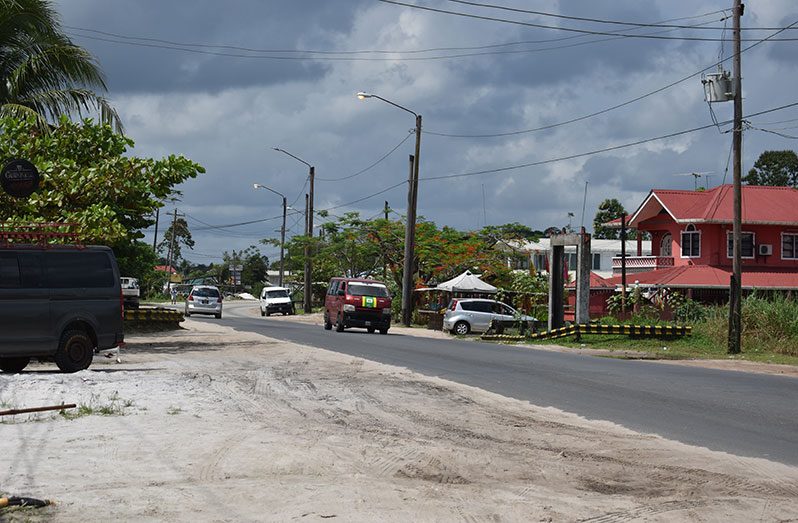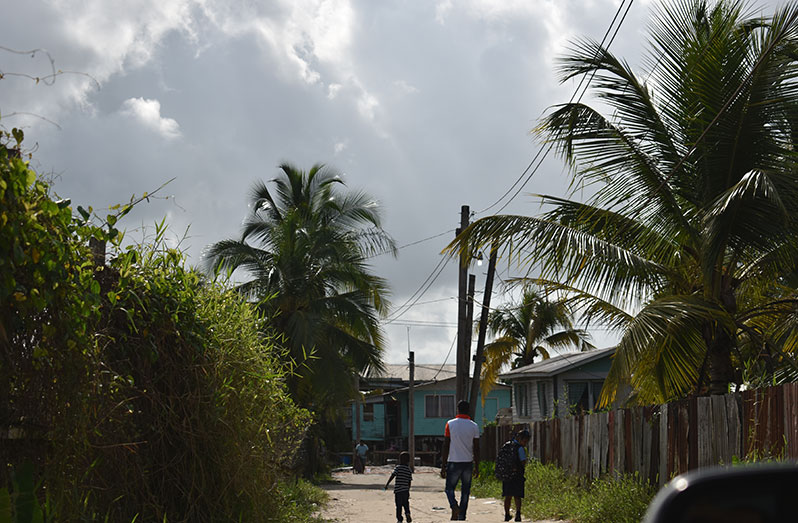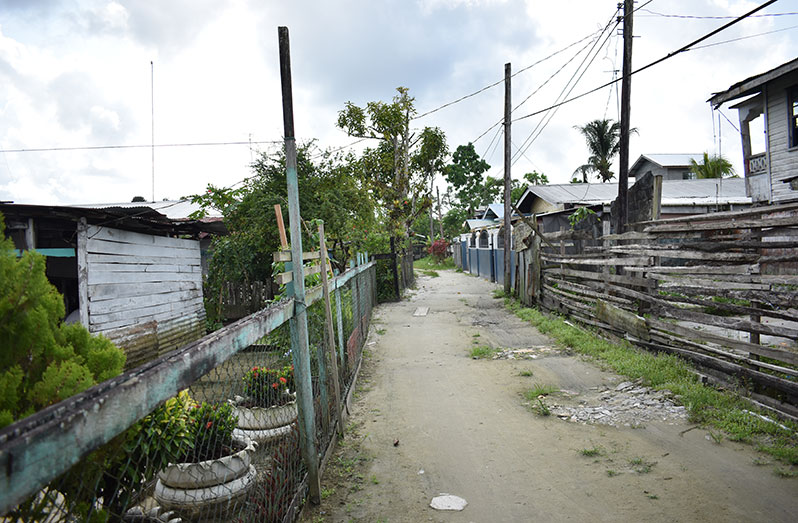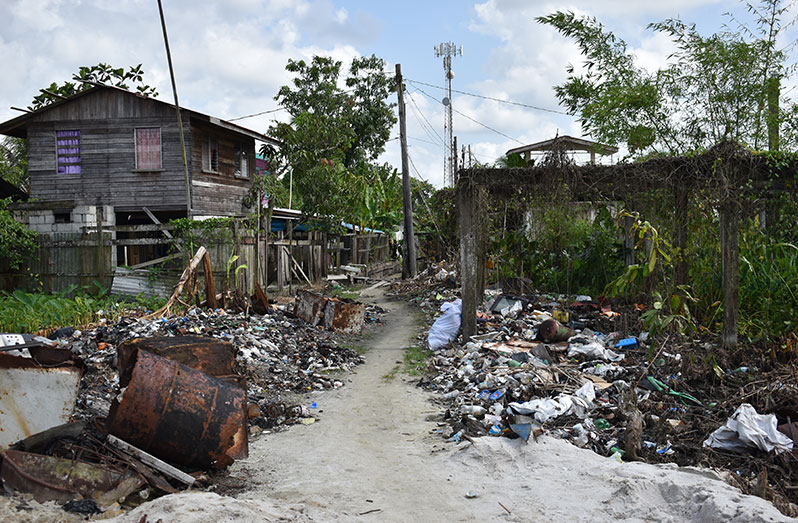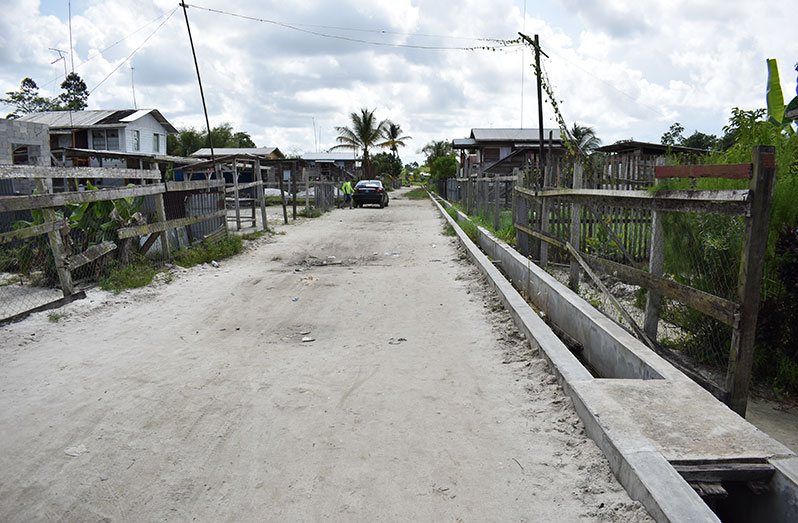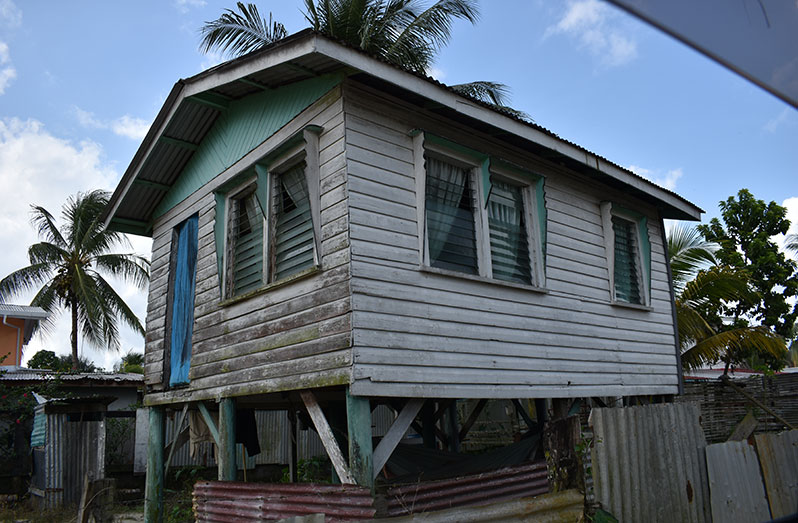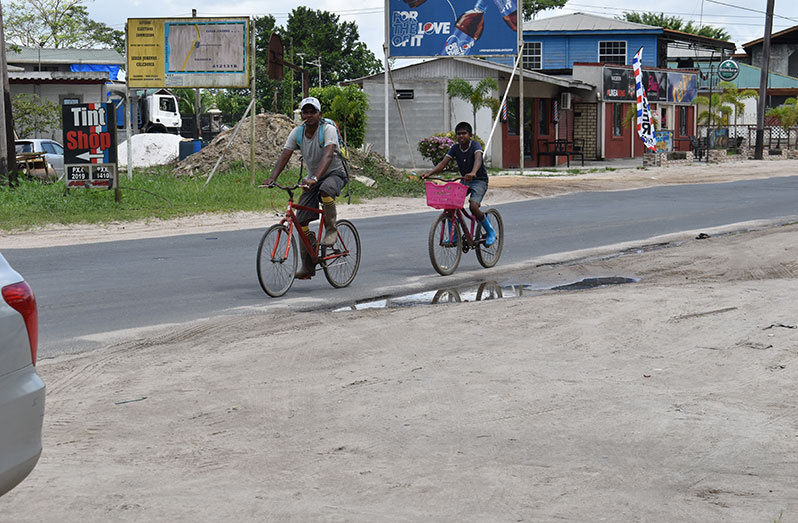This week the Pepperpot Magazine visited Sarah Johanna, East Bank Demerara,to highlight the way of life of the people and the village itself.The community runs deep into the backlands from the East Bank Public Road.
Sarah Johanna is said to be named after the sisters of Dutch plantation owners.
According to residents, the community was originally an estate that was later purchased by the late Donnie Roberts who divided the land among his three sons, Samuel Jaisingh, Paul Jaisingh and James Jaisingh.
Sarah Johanna is about 24 miles from the capital city. The community’s immediate neighbours are Land of Canaan to the north and Pearl to the south.
The village is divided into three sections, one of them being the Sarah Johanna squatting area which, according to residents, is called ‘Somalia’ because of its present condition. The other two sections are the housing scheme and the old road.
Sarah Johanna is about eight miles from the Cheddi Jagan International Airport (CJIA).
The main economic activities of the locals include farming, poultry and pig-rearing. There are also skilled workers, self-employed persons, shop owners and other professionals who work in all sectors.
The village extends from the public road way down to the backlands and has many nooks and crannies, small tracks and internal streets.
There are no all-weather roads in this community, but through self-help efforts, funds were raised and loads of sand were bought and used to sand-fill the streets.
The squatting area section of this village is thickly populated and the residents said they converted a swampy area into lands they occupy.
When it rains, the lands become flooded and there is no drainage in this part of the village, but the residents would come together and continuously sand-fill the small tracks and dams which serve as streets.
This section is yet to be regularised, but some residents have access to potable water supply, electricity and landline services.
Sarah Johanna is home to Bliss Bar and Lounge, which is located on the public road at the start of the village; there are also wash bays, barbershops, mechanic shops, small roadside greens and fruits stalls, rum shops, other bars and other small businesses.
The people of this village are friendly and it is a place where there are simply no thieves, since stealing is not tolerated there and, as the residents say, the only things that go missing are cigarette lighters.
In some sections, the people of the village keep the place clean and it was evident that they sweep the streets and have wooden benches under shady trees for the ‘afternoon’ sitting and on some houses there are security cameras and solar lights.
Sarah Johanna is a close-knit place where the people are all known to each other and it consists of a mixture of people of East Indian, African, Amerindian and mixed-races.
There are no schools or government facilities in this village and residents would access services in nearby villages and would go to banks and other places in Grove for shopping or to conduct other business.
It is a village where the people have their own kitchen gardens, fruits and vegetables and there is a lot of greenery that adds some colour to the sand-filled walkways, dams, loam streets and tracks.
The locals are hardworking people who do whatever jobs they get to earn honestly, and it is a very safe place to live and there are no such things as petty thieves and crimes there.
It is said to be one of those villages where you can walk at any time of the day or night without fear of being robbed.
The people are comfortable and most of them have lived their entire life there, but stated that their lives would be further enhanced if the village is developed with infrastructures such as paved roads and drains.
It is a breezy, quiet village where you hear the birds chirping and the fowl cocks crowing and there are a lot of fowls in the community that walk around all over.
Some people have poultry farms on which they rear layers and meat birds, while others have cows, pigs, sheep and goats.
This village has long, winding, sandy streets, tracks and dams that go way down into the ‘backdam’ area, where scores of families reside in wooden cottages and other houses, making do with the basic necessities.




.jpg)






